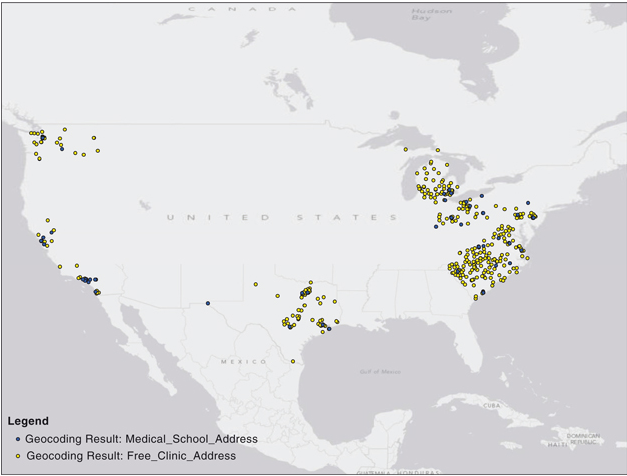Health disparities and underserved populations: a potential solution, medical school partnerships with free clinics to improve curriculum
Lynn M. VanderWielen1*, Allison A. Vanderbilt2,3, Steven H. Crossman4, Sallie D. Mayer5, Alexander S. Enurah6, Samuel S. Gordon7 and Melissa K. Bradner4
1Department of Family Medicine, School of Medicine, University of Colorado Denver, Aurora, CO, USA; 2Center on Health Disparities, Virginia Commonwealth University, Richmond, VA, USA; 3School of Medicine, Virginia Commonwealth University, Richmond, VA, USA; 4Department of Family Medicine and Population Health, School of Medicine, Virginia Commonwealth University, Richmond, VA, USA; 5Department of Pharmacotherapy and Outcomes Science, School of Pharmacy, Virginia Commonwealth University, Richmond, VA, USA; 6Division of Internal Medicine, School of Medicine, University of Colorado Denver, Aurora, CO, USA; 7School of Medicine, University of Colorado Denver, Aurora, CO, USA
Abstract
Health-care educators share the social responsibility to teach medical students about social determinants of health and health-care disparities and subsequently to encourage medical students to pursue residencies in primary care and medical practice in underserved communities. Free clinics provide care to underserved communities, yet collaborative partnerships with such organizations remain largely untapped by medical schools. Free clinics and medical schools in 10 US states demonstrate that such partnerships are geographically feasible and have the potential to mutually benefit both organizational types. As supported by prior research, students exposed to underserved populations may be more likely to pursue primary care fields and practice in underserved communities, improving health-care infrastructure.Click here to read this article.


Nenhum comentário:
Postar um comentário